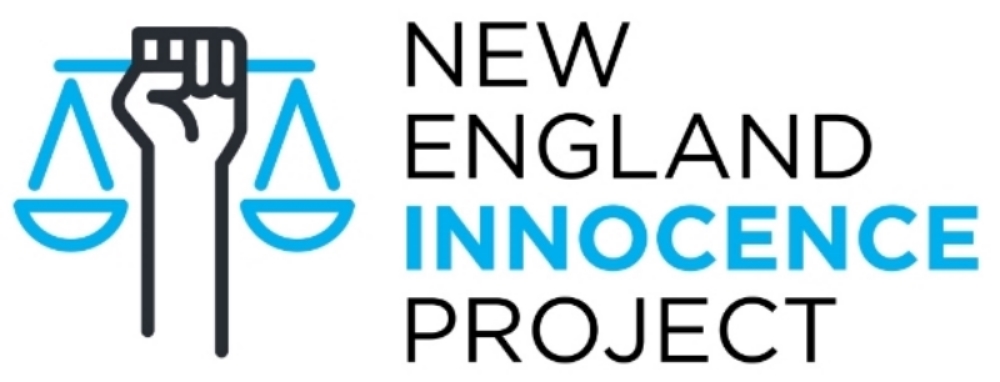June 4th, 2009
Cutbacks in investigative journalism budgets and the general shrinking of the funding of newspapers nationwide has had the unforeseen effect of restricting lawyers’ abilities to pursue the cases of potentially wrongly convicted and incarcerated individuals. This downsizing in reporting has reduced the number of sources outside the legal world that are performing research and independently investigating miscarriages of justice. A lively outside source of investigation is important for procedural attempts to gain access to evidence and the dissemination of information to the public. Tim Arango of the New York Times recently reported that “media involvement provides lawyers’ with the ability to have the media act as the plaintiff in posthumous cases to obtain information through state sunshine laws in addition to performing an informative role when procedural mechanisms begin to fail, [and] the press is the last resort for the public to find out the truth.” Media investigations have also fallen out of practice for non-economic reasons as editors have become increasingly reluctant to mix reporting with what they perceive as law enforcement functions. Reporter Eamonn O’Neil has recently addressed this issue in a series on miscarriages of justice in The Guardian commenting that “the media has a duty to wrongfully accused.” The future of investigative journalism may will most likely be closely tied to the ability for lawyers to use the media as a force multiplier in the hunt to exonerate wrongly convicted individuals.
